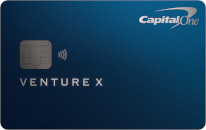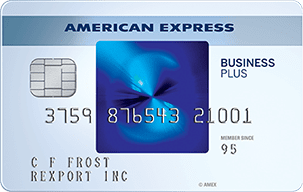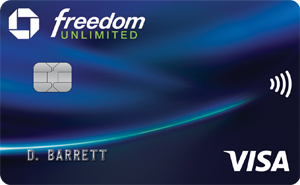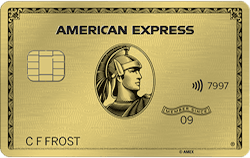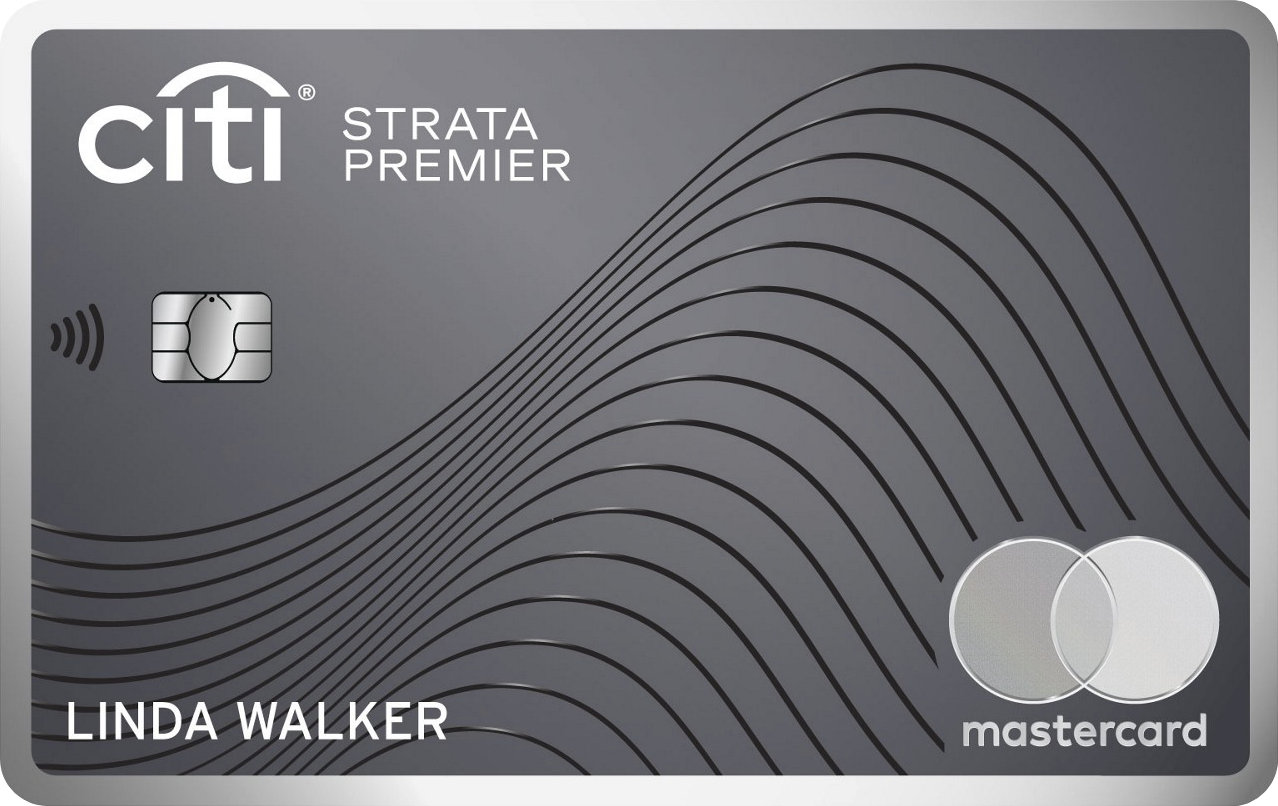The Wall Street Journal started the year off with an interesting article that seems to say that the credit card flipping game is about to end. It suggested that Chase – which controls many of the most valuable sign-up bonuses - can no longer offer the same bonuses for new cards when the card attrition rate is growing and when interchange fees are under pressure. Interestingly, the article cites ThePointsGuy as Chase’s main source of new accounts while alluding to the fact (although not specifically stating) that ThePointsGuy is completely designed to help young and not particularly well-heeled cardholders maximize travel rewards.
Even were the credit card flipping game to end, the opportunity for individuals and couples to adopt a strategy to maximize rewards from their credit cards will continue to exist. In fact, it will get still better in the short term, as many card issuers, including Amex and Citibank, have added new features and reward--earning opportunities to their premium products over the last several years.
Most interesting are the reader comments in the WSJ article, as they indicate that most people still do not take the time to analyze or estimate their credit card spend, nor to get the cards that give them the most valuable rewards. BestCashCow’s credit card maximizer enables users to enter different spend categories and easily identify those travel rewards credit cards and those cash-back credit cards that provide the greatest value.
I’d also note that the WSJ article is not the first to suggest that the huge sign-up bonuses handed out by credit card companies aren’t sustainable. Much the same has been written time and time again since the early part of the decade. What makes this time different, however, is that Amex, Barclays and Citibank have all somehow managed to become less and less competitive with Chase on sign-up bonuses. If Chase cuts back its sign-up bonuses, others will certainly follow and bonuses will become less and less attractive.
But, while competition in this sector continues, , you might want to take a look at all of the valuable travel sign-up bonuses that Chase, Amex, Citi, Barclays and others are still offering to try to attract your business. We’ve boiled them down to one easy-to-use chart here.
